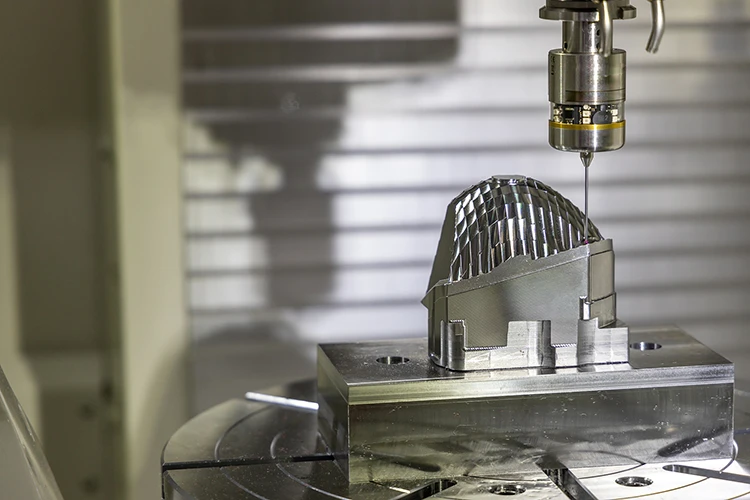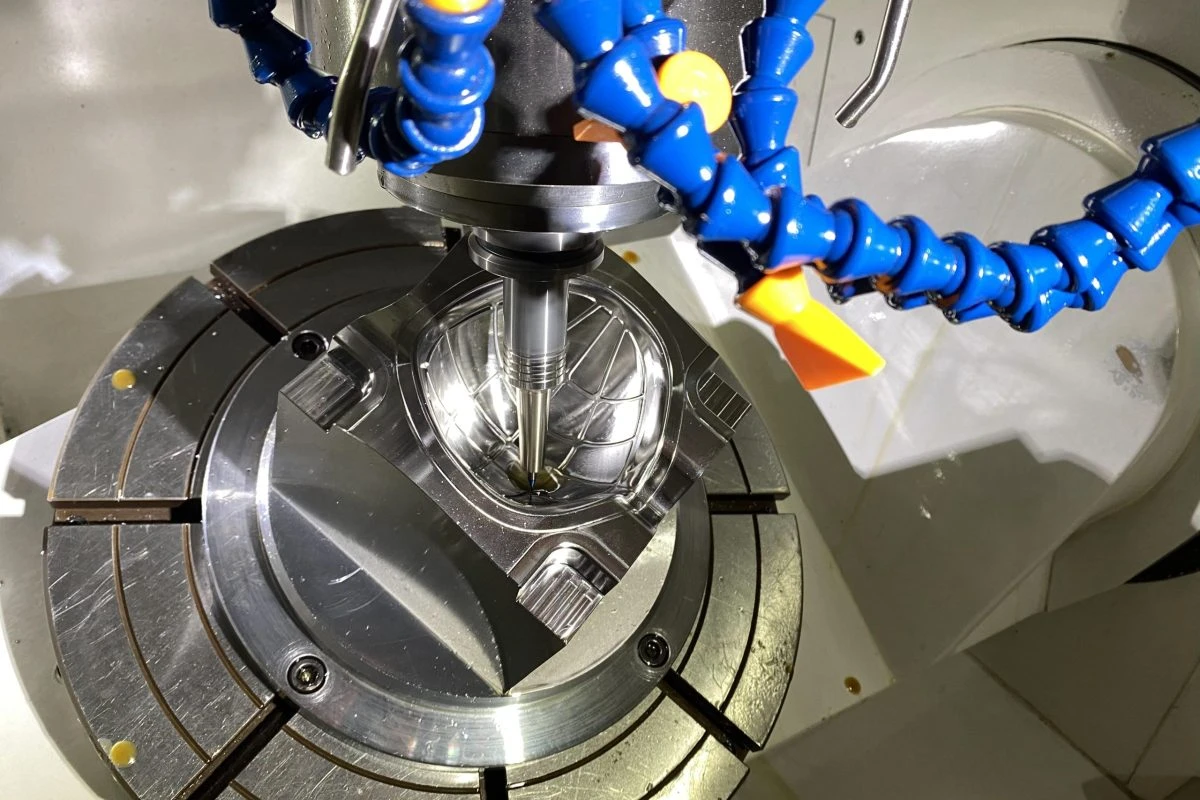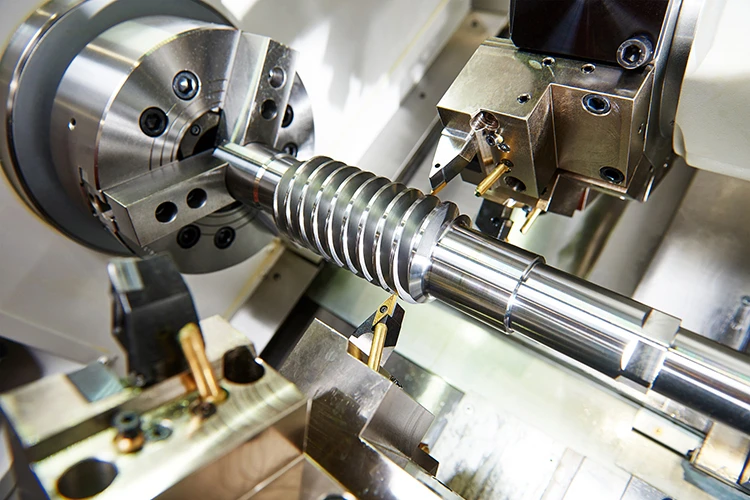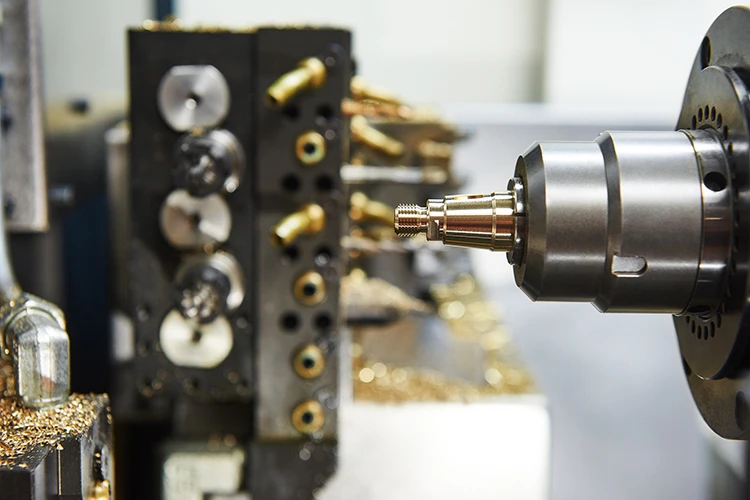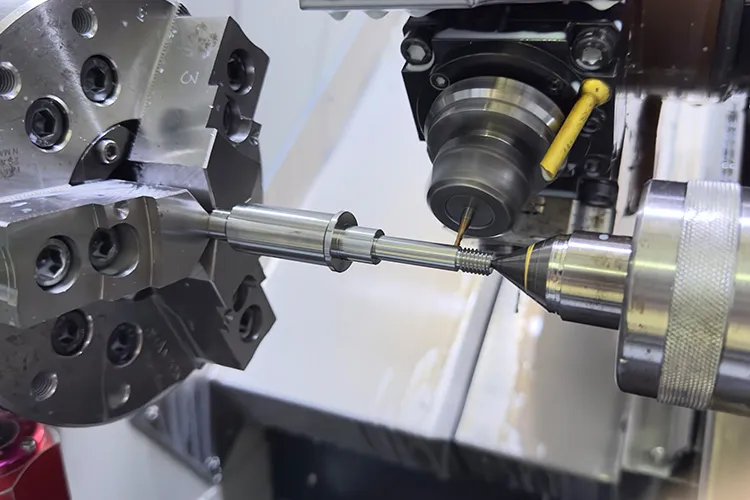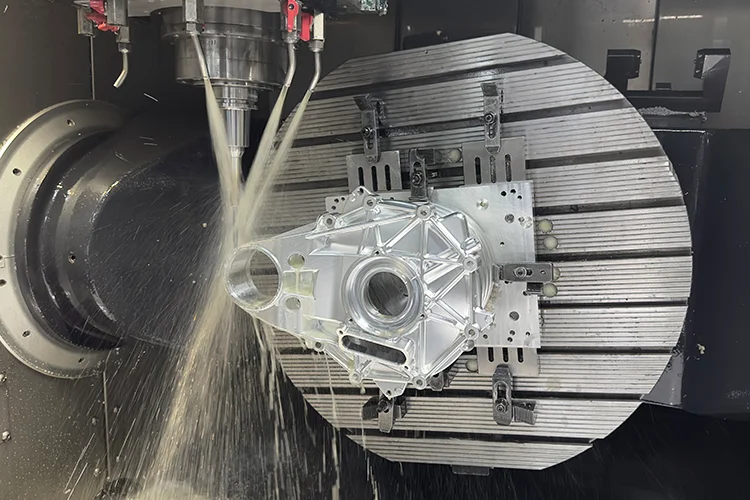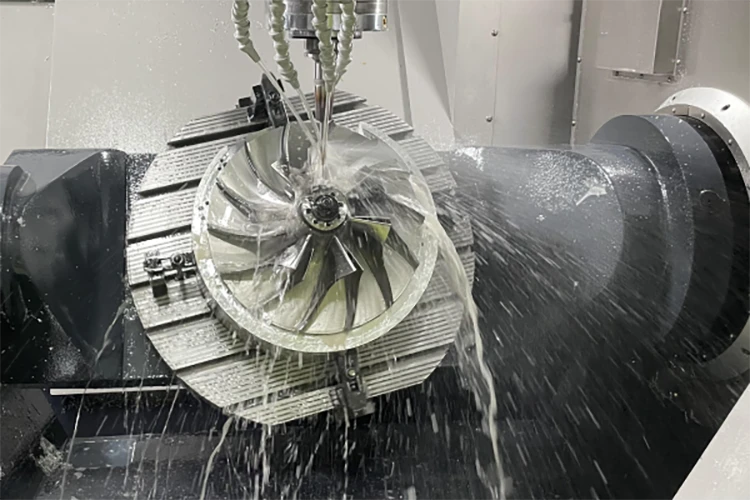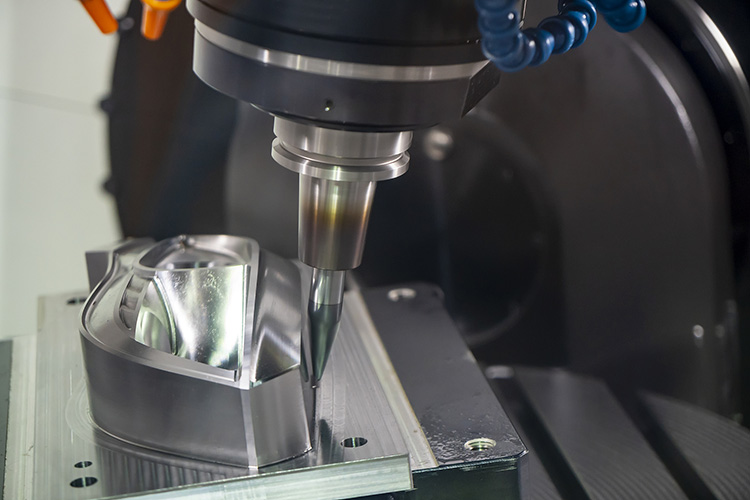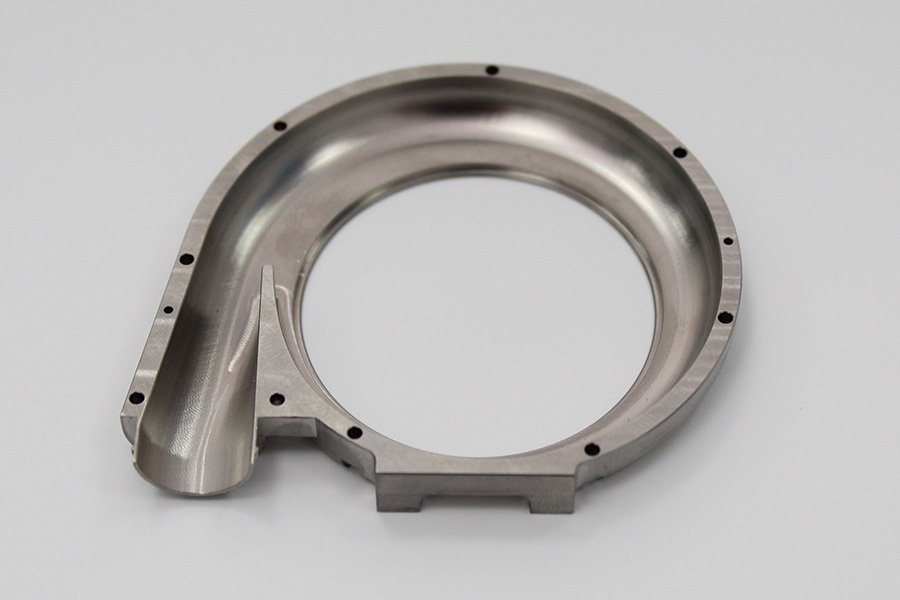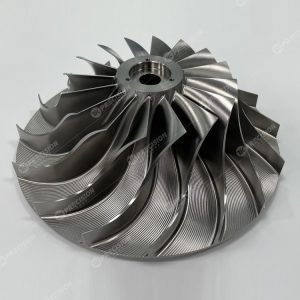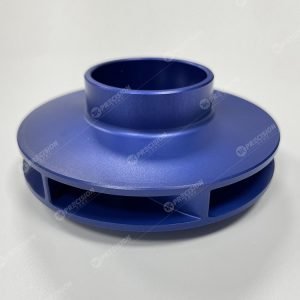As a medical device developer or manufacturer, choosing the right prototyping materials is crucial to the success of your product. The materials you choose will affect everything from the device’s functionality to its longevity, so it’s important to take the time to research and select the best option for your needs. In this guide, we’ll explore the importance of selecting the right prototyping materials for medical devices, common materials used for medical device prototyping, the advantages and disadvantages of different materials, factors to consider when choosing prototyping materials, an overview of CNC machining for medical device prototyping, best practices for CNC machining medical device prototypes, and case studies of successful medical device prototyping with CNC machining.
Introduction to Medical Device Prototyping
Medical device prototyping is the process of creating a physical representation of a medical device before it is manufactured. Prototyping helps medical device manufacturers to test and refine their designs, identify any potential issues, and make any necessary changes before moving forward with production. The goal of medical device prototyping is to create a device that is functional, reliable, and safe for patients to use.
Importance of Choosing the Right Prototyping Materials
Choosing the right prototyping materials is crucial for several reasons. First, the materials you choose will affect the functionality of the device. For example, if you choose a material that is too brittle, it may not be able to withstand the stresses of regular use. If you choose a material that is too soft, it may not be able to hold its shape or maintain its structural integrity.
Second, the materials you choose will affect the longevity of the device. Medical devices need to be durable and long-lasting to ensure that patients can use them safely and effectively. If you choose a material that degrades quickly or reacts poorly with other materials, the device may not last as long as it needs to.
Finally, the materials you choose will affect the safety of the device. Medical devices need to be biocompatible and safe for patients to use. If you choose a material that is toxic or causes an adverse reaction in patients, the device may not be safe to use.
Common Prototyping Materials for Medical Devices
There are several common materials used for medical device prototyping, including ABS, Polycarbonate, PEEK, and silicone.
ABS (Acrylonitrile Butadiene Styrene) is a thermoplastic polymer that is strong, durable, and has good impact resistance. It is commonly used for medical device housings, enclosures, and other components that require strength and durability.
Polycarbonate is a thermoplastic polymer that is transparent, lightweight, and has good impact resistance. It is commonly used for medical device components that require transparency, such as lenses and light guides.
PEEK (Polyetheretherketone) is a high-performance thermoplastic polymer that is strong, durable, and has excellent chemical resistance. It is commonly used for medical device components that require high strength and chemical resistance, such as implants and surgical instruments.
Silicone is a flexible, biocompatible polymer that is commonly used for medical device components that require flexibility and biocompatibility, such as catheters and seals.
Advantages and Disadvantages of Different Prototyping Materials
Each prototyping material has its own advantages and disadvantages, and it’s important to consider these factors when selecting the right material for your medical device.
ABS is a cost-effective material that is easy to work with and has good impact resistance. However, it is not biocompatible and may not be suitable for medical devices that come into contact with the body.
Polycarbonate is a transparent material that is lightweight and has good impact resistance. However, it is not suitable for high-temperature applications and may not be biocompatible.
PEEK is a high-performance material that is strong, durable, and has excellent chemical resistance. However, it is expensive and may not be suitable for all medical device applications.
Silicone is a flexible, biocompatible material that is ideal for medical devices that require flexibility and biocompatibility. However, it may not be suitable for high-stress applications and may degrade over time.
Factors to Consider When Choosing Prototyping Materials for Medical Devices
When choosing prototyping materials for medical devices, it’s important to consider several factors, including biocompatibility, sterilization requirements, durability, and cost.
Biocompatibility is essential for medical devices that come into contact with the body. Materials used for these devices must be biocompatible and safe for patients to use.
Sterilization requirements vary depending on the type of medical device. Some devices require sterilization before use, and the materials used for these devices must be able to withstand the sterilization process.
Durability is important for all medical devices, as they need to be able to withstand regular use without breaking down or deteriorating.
Cost is also an important factor to consider when choosing prototyping materials. While it’s important to choose high-quality materials, it’s also important to keep costs under control to ensure that the final product is affordable for patients.
Overview of CNC Machining for Medical Device Prototyping
CNC machining is a common method used for medical device prototyping. CNC machining is a process that uses computer-controlled machines to cut and shape materials into precise shapes and sizes. CNC machining is ideal for creating complex medical device components that require high precision and accuracy.
Best Practices for CNC Machining Medical Device Prototypes
When using CNC machining for medical device prototyping, it’s important to follow best practices to ensure that the final product is accurate and reliable. Some best practices include:
- Choosing the right material for the device
- Ensuring that the machine is properly calibrated
- Creating a detailed design and programming file
- Testing the prototype for accuracy and functionality
- Making any necessary adjustments before moving forward with production
Case Studies of Successful Medical Device Prototyping with CNC Machining
There are many examples of successful medical device prototyping using CNC machining. One example is the development of a new dental implant. The implant was designed using CAD software and CNC machined from a block of titanium. The final product was biocompatible, durable, and able to withstand regular use.
Another example is the development of a new surgical tool. The tool was designed using CAD software and CNC machined from PEEK. The final product was strong, durable, and able to withstand the stress of regular use.
Conclusion: The Importance of Prototyping Materials for Medical Device Development
Choosing the right prototyping materials is essential for the successful development of medical devices. The materials you choose will affect the functionality, longevity, and safety of the device. It’s important to consider factors such as biocompatibility, sterilization requirements, durability, and cost when selecting prototyping materials. CNC machining is a common method used for medical device prototyping, and following best practices is essential for creating accurate and reliable prototypes. By taking the time to select the right prototyping materials and following best practices for CNC machining, you can create high-quality medical devices that are safe and effective for patients to use.
CTA
If you need to source mechanical parts, Tik Precision is your custom-manufactured operating system. We can make it faster, easier, and more efficient. We can offer a range of manufacturing capabilities to produce simple to extremely complex geometries.

